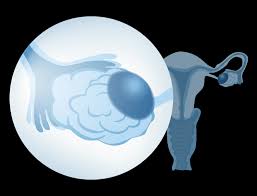Endometriosis is a common, benign gynecological disease that is usually associated with pain and/or infertility. It appears likely that chronic inflammation, that is typical of endometriosis lesions, plays a role in chronic pain as well as infertility. It is, therefore, logical to ask if there is a possible link between the severity of endometriosis symptoms and the outcomes of artificial…








